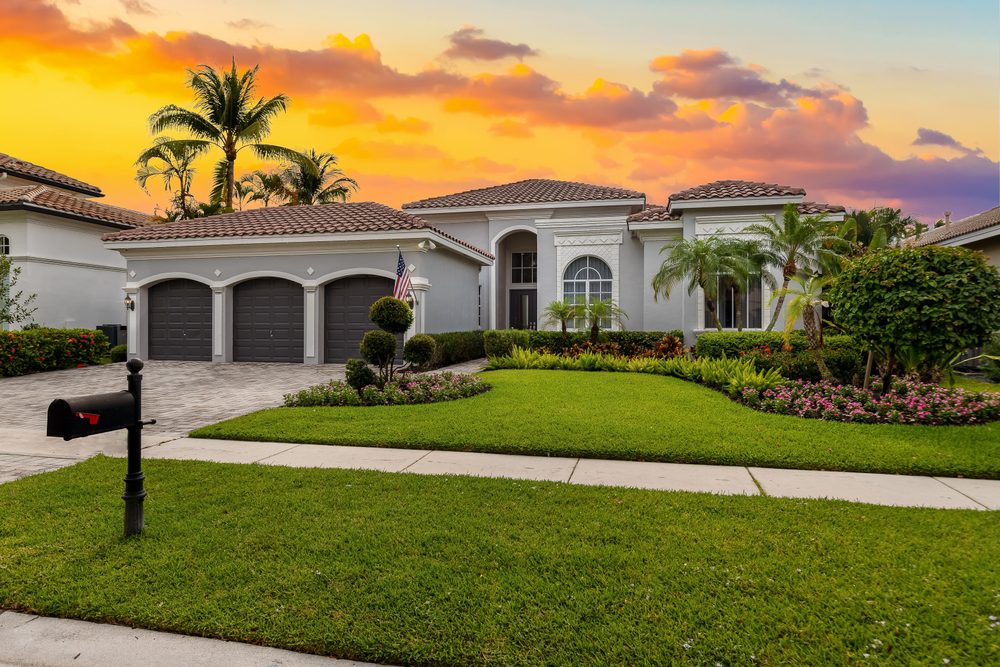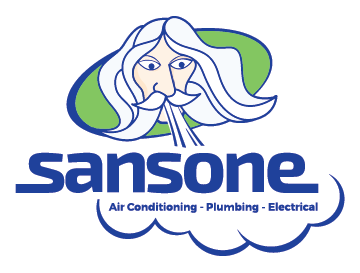
When people think of Florida, they think of heat and humidity. But the weather is much more unpredictable than that. It can drop significantly during the winter months.
How do you keep your home comfortable with fluctuating temperatures? Keep reading to learn about the recommended thermostat settings for all types of Florida weather.
Factors to Help Determine Proper Thermostat Settings
- Outdoor temperature: When it’s colder outside, most people set their thermostats higher, and vice versa when it’s warm out.
- Humidity level: The humidity level affects Florida homes more than those in other locations. If it’s humid out, the temperature inside will feel much warmer.
- Time of day: In the morning and evening, it tends to be a bit cooler than at midday. You might want to set your thermostat to a cooler temperature during these times.
- Personal preferences: Everyone feels temperature differently. If you tend to run warmer or cooler, adjust the temperature accordingly.
How to Set Your Thermostat during Summer
Setting the thermostat during the summer requires a balance between staying comfortable and running your AC efficiently to minimize energy costs. Set your thermostat between 78 and 80 degrees Fahrenheit to get the best balance. This will keep you cool and comfortable without wasting energy. When you’re away from home, you can even bump it up as high as 88 degrees.
Should You Set Your Thermostat to the “Auto” or “On” Setting?

For most homeowners, setting the thermostat to “auto” is preferred. “On” causes the unit to run constantly. When set to “auto,” the system switches on the heating or cooling functions as needed to keep your indoor space at the desired temperature. This means you don’t need to worry about adjusting the temperature over and over again.
There are a few drawbacks to using the “auto” setting. Children and pets tend to have greater difficulty adjusting to changing temperatures. If your home is prone to drafts, you might find the temperature fluctuates a lot. Ultimately, it’s up to you whether you set your thermostat to “on” or “auto.”
How to Set Your Thermostat during Winter
It’s best to keep your thermostat on a lower setting, around 68 degrees Fahrenheit in the winter. If you’re trying to figure out how to save money on utility bills, narrowi
ng the gap between the outside temperature and your thermostat’s setting will help.
If you leave your home for multiple hours or days at a time, you can set the temperature as low as 50 degrees. However, if you have pets at home, maintain a temperature in the upper 60s to keep them safe and comfortable.
Other Ways to Save Money on Utility Bills
- Get an energy-efficient furnace and air conditioner: As your HVAC system gets older, it becomes less efficient and is more prone to breakdowns. If your system is around 20 years old, it might be time to replace it with a newer, more energy-efficient system.
- Schedule an annual service: Your annual tune-up is key to helping your furnace and AC operate at their best. You’ll catch minor issues before they become big problems.
- Replace your air filter regularly: Your HVAC system circulates air throughout your home. Replacing your air filters every one to three months helps keep your indoor air quality high. It also prevents your system from having to work as hard, saving you money.
HVAC Services in West Palm Beach and Surrounding Areas
Using the recommended thermostat settings for summer and winter in Florida will keep you comfortable while saving you money on monthly energy bills. If you want to find more ways to lower your utility bills or have any other questions, Sansone is here for you. We’re proud to have served West Palm Beach and surrounding areas for over 45 years and counting. Book online with us today to get your home ready for the changing weather.

